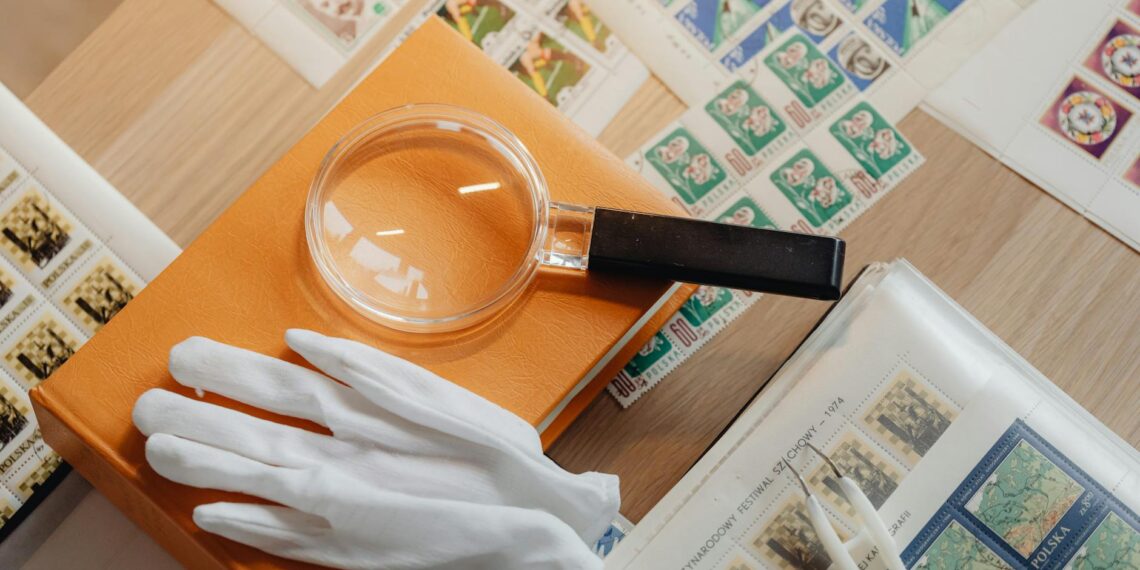- Alloy: A mixture of metals used to create a coin.
- Die: The metal mold used to strike a coin’s design.
- Encapsulated Coin: A coin sealed in a protective plastic container with certification details (strike date, variety, grade).
- Intrinsic Value: The worth of the metal in the coin, separate from its face value.
- Incuse: A coin design that is inverted rather than raised.
- Mint Luster: The coin’s original finish (dull, frosty, shiny, etc.).
- Obverse: The “heads” side of a coin.
- Relief: The raised portions of a coin’s design.
- Restrike: A coin minted years after the original, bearing the same design.
- Reverse: The “tails” side of a coin.
- Toning: Discoloration caused by a chemical reaction with the air or other elements.
- Uncirculated: A coin showing no signs of wear from circulation.
- Mint Marks: Small letters or symbols indicating the mint location (e.g., P for Philadelphia, D for Denver, S for San Francisco, W for West Point).
– Location: Usually on the reverse side of coins, but on the obverse for some.
– Significance: Affect rarity and value; coins from certain mints (like Carson City – CC) are rarer and more valuable due to limited production.
- Key Date Coins: Specific year and mintmark combinations that are rarer and more valuable.
- Condition/Grade: How well-preserved a coin is, affecting its desirability and value.
– Sheldon Scale: A standard grading system from 1 (poor) to 70 (perfect).
– Uncirculated (MS) vs. Circulated: Uncirculated coins generally command higher prices.
– Professional Grading Services: PCGS, NGC, and ANACS authenticate, grade, and encapsulate coins for credibility and value.
- Handling: Always use soft cotton gloves and hold coins by their edges to prevent damage from oils and dirt.
- Storage Environment: Keep coins cool, dry, and away from extreme temperatures and moisture.
- Containers: Use archival-quality holders made from inert plastic (avoid PVC). Options include:
– Hard plastic holders/slabs.
– Coin flips, capsules, or sleeves.
– Albums.
- Never Clean Coins: Cleaning can damage the surface and reduce their value. If necessary, consult professional conservation services.
- Reference Guides: Books like the “Red Book” (A Guide Book of United States Coins) for pricing and information.
- Online Resources: U.S. Mint website, coin dealer websites, and auction results.
- Coin Dealers and Appraisers: Reputable experts can provide valuations and advice.
- Coin Clubs and Shows: Connect with other collectors, trade coins, and learn from experienced individuals.
- Research thoroughly before buying or selling coins.
- Beware of counterfeit coins and only purchase from reputable dealers.
- Understand market trends and demand for specific coins.
- Consider having valuable coins professionally graded for authenticity and value assessment.
- Insure your collection, especially high-value items, and store them securely.









What coins should a beginner collect?
If you want to buy your coins, Morgans are popular for beginners.
What is the fastest way to tell if a coin is valuable?
Great question! Examine the Coin’s Date
One of the easiest ways to tell if a coin is rare is to check the date. If the coin is from before 1800, it’s likely rare. Coins minted in the 19th century are also generally considered rare, with a few exceptions.
How to organize a coin collection for beginners?
Thanks for asking. By Year: Arrange coins chronologically. By Value: Sort from highest to lowest value if focusing on investment potential. Take clear, high-quality photos of each coin. Include images of both the obverse (front) and reverse (back). Label photos with the corresponding coin information for easy reference.
What is the most profitable coin to collect?
1943 Lincoln Steel Cent. One of the most unusual United States coins is the 1943 steel Lincoln cent. …
1864 Two Cents. …
1883 “No Cents” Liberty Nickel. …
1796 Draped Bust Quarter. …
1876 Liberty Seated Half Dollar. …
1964 Kennedy Half Dollar. …
1921 Morgan Dollar. …
1979 Susan B.